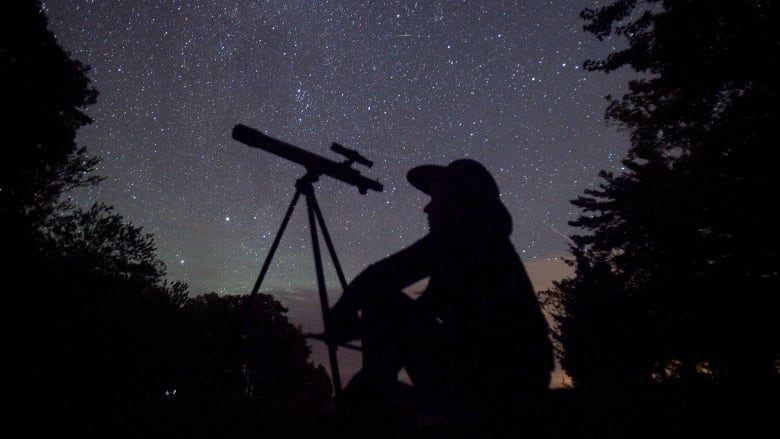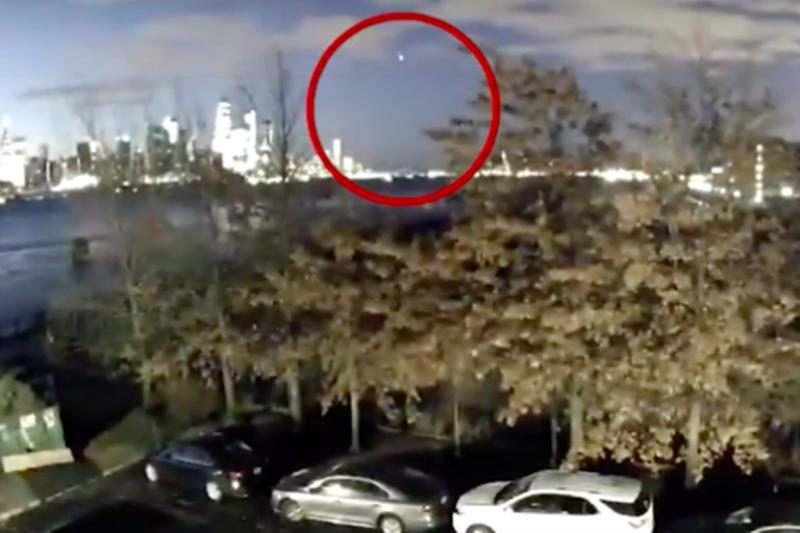A bright meteor exploded over Cape Town, South Africa around 18:05 UTC on January 16, 2019 (20:05 local time). Bright light produced by the object was followed by very loud sound and ground shaking.
The American Meteor Society has so far received 6
reports about this event. If you witnessed it, please fill out this
form.
People from all over the Cape, from Hermanus to Franschhoek, Cape Town and all the way to the Swartland, have been talking about the 'massive flash of flight' that appeared suddenly in the twilight sky, The Citizen
reports.
According to witnesses, this bright object was followed by a loud bang that shook the ground and rattled houses and windows.


Comment: The American Meteor Society (AMS) has received over 450 reports about a fireball seen over CT, DE, MD, MS, NC, NJ, NY, PA, SC and VA on Wednesday, January 9th 2019 around 11:34 UT.